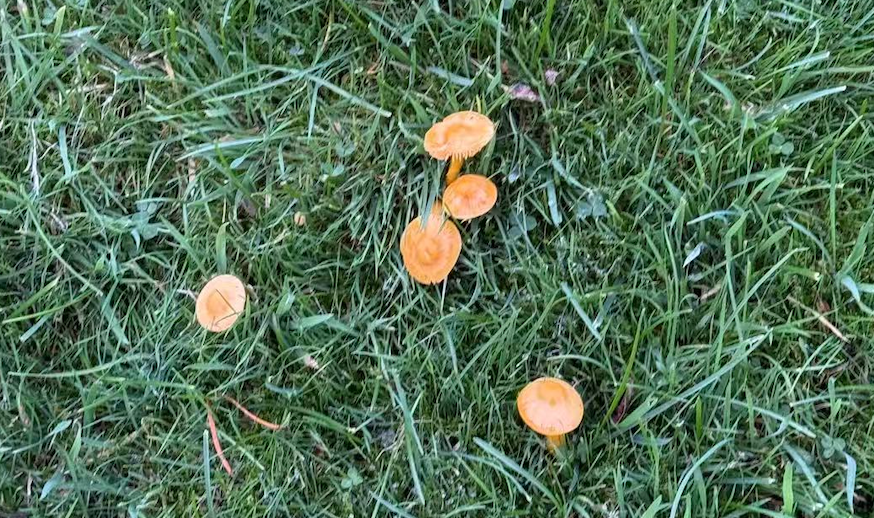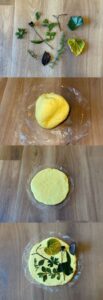Nature’s Fingerprints: A practice with clay.

Reading Time: 2 minutes

The learner flattens the clay to make a palm-sized clay board, keeping the surface smooth and uniform.
Summary
This toolkit is designed to help people understand how to make clay tablets with clay and create simple textures on the tablets using natural elements, experiencing the beauty of the natural environment in the process.
🪧 Introduce
Clay is one of the most common mediums in art therapy and psychotherapy.
Clay symbolizes the “source of life,” embodying the connection between the human psyche and the material world.
Through clay, inner thoughts and emotions can be made concrete and visualized, helping people to clearly understand themselves and alleviate emotional distress.
Spending time in nature has a uniquely restorative effect on us, both cognitively and mentally.
——Rachel and Stephen Kaplan ‘The experience of nature: A psychological perspective’ 1989
Therefore, I hope this toolkit can help people understand the natural environment near their homes and how it can effectively relax the mind and body by integrating clay with natural materials. When we are engrossed in work and study, it is essential for our to take time to enjoy nature.
🔑 Learning aims
1.1 Understand the texture and feel of clay.
1.2 Learn how to shape clay slabs and create surface textures.
1.3 Experiment with clay sculpting using leaves or flowers, exploring artistic expressions that blend nature and materials.
1.4 Value the natural environment around you.
🧰 Preparation Tools
Clay, leaves, flowers and pencils. (If learners do not have porcelain clay, they can use ordinary clay or modelling clay instead.)
💡Let’s start

1, Conception (3 min)
Think about what kind of environment or atmosphere you want to showcase yourself in. and select the materials you wish to use.
2, Shape the Clay (3 min)
The learner flattens the clay to make a palm-sized clay board, keeping the surface smooth and uniform.
Let learners experience the plasticity and texture of materials through practice.
3, Imprint Nature (5 min)
Press the collected leaves or flowers onto the clay board to form unique natural texture patterns. Guide learners to explore the combination of natural forms and the texture of clay.
(If clay is unavailable, use A4 paper and a pencil; place the material under the A4 paper and imprint it with the pencil.)
4, Reflection (5 min)
Learners observe their own works and describe their feelings. Help learners distill their thinking and emotional cognition from the production experience.
What environmental or emotional responses did I sense from these textures?
Do I think this process helped me re-understand my living environment?
Did I feel a connection to nature during this process?
After this activity, will I have any thoughts about engaging in any outdoor activities?
If you would like to share your work and any ideas, you can send them to my email address s2750833@ed.ac.uk.


